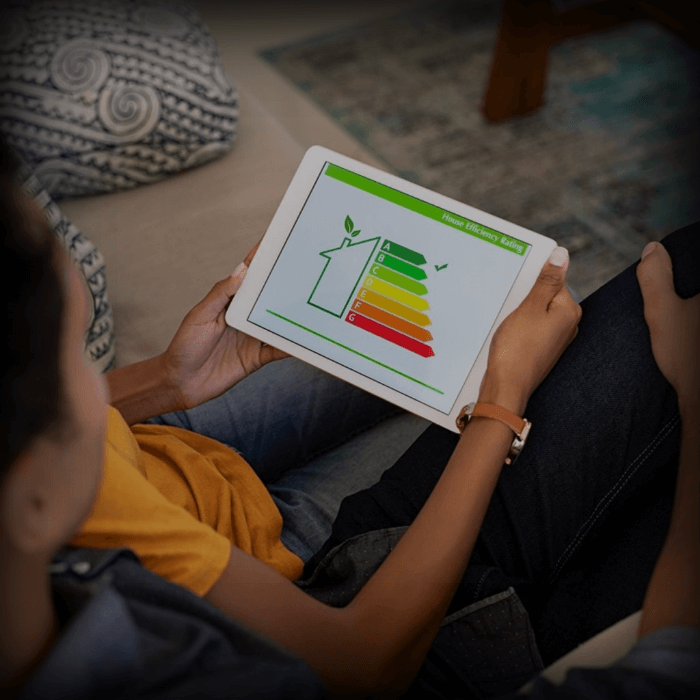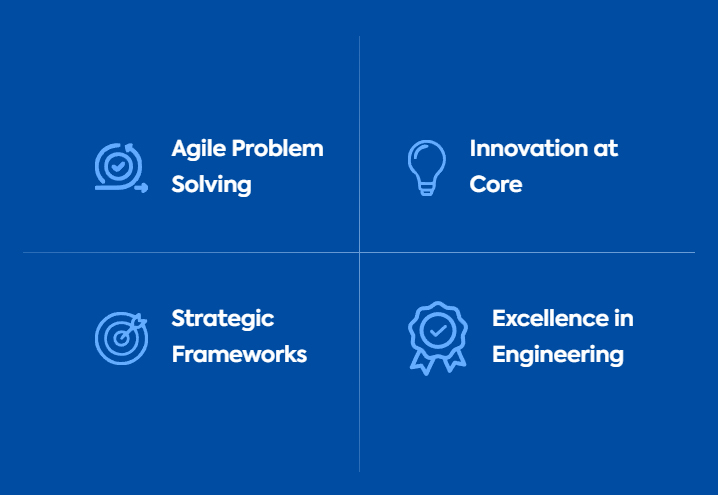Partnering with Datawalls has resulted in a significant transformation for us. Their technical expertise and proactive approach have greatly enhanced the success of our collaboration.
Sanders Narem
Co-Founder, CarbonFix




Months
Person/months
Duration
Months
Challenge
Building an application for carbon reduction presents several challenges, primarily due to the complexity of accurately measuring and managing carbon emissions. One significant challenge is integrating diverse data sources, such as energy consumption, transportation logistics, and supply chain activities, into a unified platform for precise tracking and analysis. Additionally, ensuring the application remains adaptable to varying regulatory standards and industry-specific requirements can be difficult. Balancing the need for robust, real-time data analytics with user-friendly interfaces and actionable insights also poses a challenge, as it requires both advanced technical development and a deep understanding of user needs. Furthermore, maintaining data accuracy and security while offering scalable solutions for different organizational sizes adds to the complexity of creating an effective carbon reduction tool.
Solution
Results
Developing a carbon reduction application for businesses by a software development company can yield significant and transformative results. These applications play a crucial role in helping organizations achieve their sustainability goals, streamline operations, and enhance their environmental performance.
One of the primary results is improved carbon footprint tracking and management. The application enables businesses to monitor their carbon emissions across various operations in real-time, providing a comprehensive view of their environmental impact. This data-driven approach allows organizations to identify key emission sources and inefficiencies, facilitating targeted reduction strategies. By accurately measuring emissions, businesses can set realistic reduction goals, track progress, and make data-driven decisions to mitigate their environmental footprint.
Another significant outcome is enhanced regulatory compliance. Carbon reduction applications are designed to adhere to environmental regulations and standards such as the Greenhouse Gas Protocol and ISO 14064. By integrating compliance features, the application helps businesses stay aligned with legal requirements, avoid potential fines, and enhance their reputation as responsible corporate citizens. Automated reporting functionalities streamline the documentation process, reducing administrative burdens and ensuring timely submissions of required reports.
The application also fosters a culture of sustainability within the organization. By providing intuitive dashboards and actionable insights, it empowers employees and management to engage with carbon reduction initiatives actively. This increased visibility and accessibility of data promote awareness and encourage a collaborative approach to achieving sustainability goals. The application’s customization options allow it to address industry-specific challenges and integrate seamlessly into existing systems, making it a practical tool for various sectors.
Moreover, the use of advanced analytics and machine learning in the application can lead to more informed decision-making. Predictive capabilities enable businesses to forecast future emissions and assess the potential impact of different reduction strategies. This foresight helps in planning long-term sustainability initiatives and adapting to changing regulations and market conditions.
Finally, the development of a carbon reduction application can enhance the company’s competitive advantage. Businesses that demonstrate a commitment to reducing their carbon footprint can differentiate themselves in the marketplace, attract eco-conscious customers, and strengthen their brand reputation. Additionally, operational efficiencies gained through optimized resource management and reduced energy consumption can lead to cost savings and increased profitability.
In summary, a carbon reduction application developed by a software company delivers comprehensive benefits, including improved emissions tracking, enhanced regulatory compliance, a stronger sustainability culture, informed decision-making, and competitive advantage. These outcomes collectively support businesses in their journey towards sustainability and environmental stewardship.
WANT TO START A PROJECT?
By submitting this form i give my consent for Datawalls to process my personal data
pursuant to Datawalls privacy and Cookies Policy.
Datawalls helped Expedia revamp their international travel booking software in order to offer their partners wider capabilities to promote their services and improve the overall customer experience.

